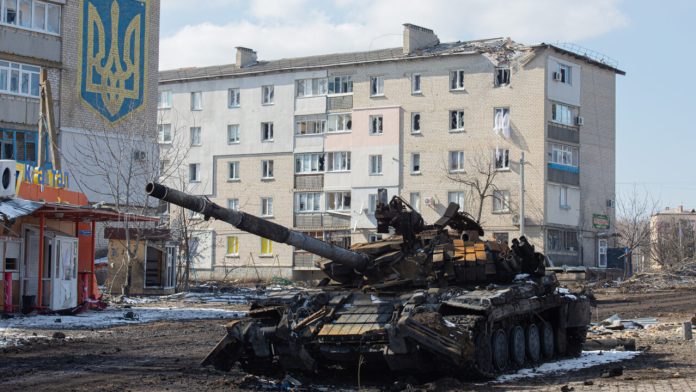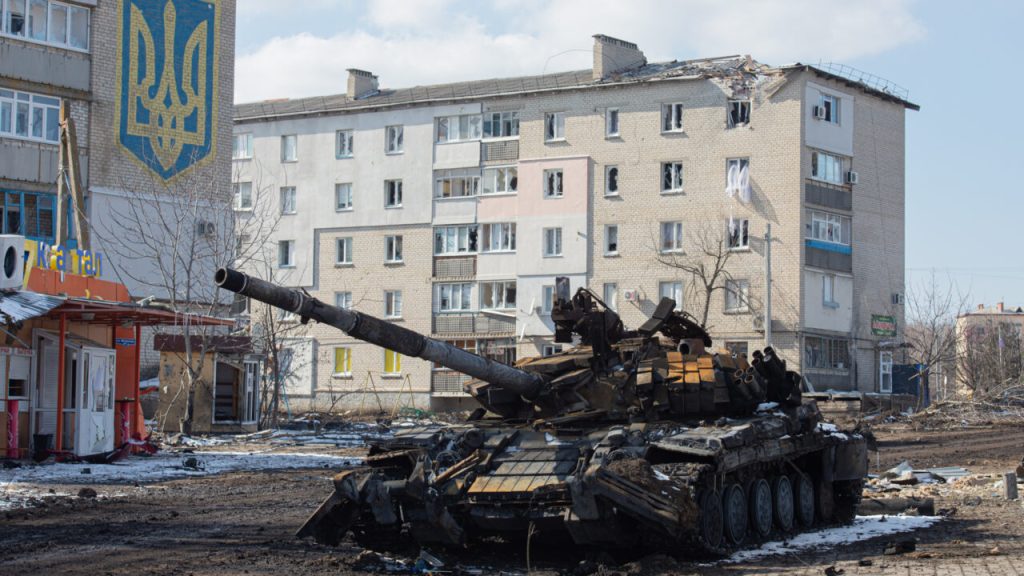
What happens when a nation’s most advanced battlefield technology becomes its own undoing? In the ongoing conflict between Russia and Ukraine, the answer is playing out in real time. The saga of Russia’s Borisoglebsk-2 electronic warfare system once hailed as a superweapon has taken a dramatic turn, offering a case study in the unpredictable chess match of modern electronic warfare.
As Russian troops erroneously cheered the burning remains of what they believed was NATO gear, specialists promptly broke the news: the blackened debris in question was actually a highly unusual Russian R-330BMW Borisoglebsk-2B. This ironic and revealing moment summarizes the changing dynamics of electronic warfare in the contemporary battlefield. Following are seven major takeaways that defense technology aficionados and military analysts should not overlook.
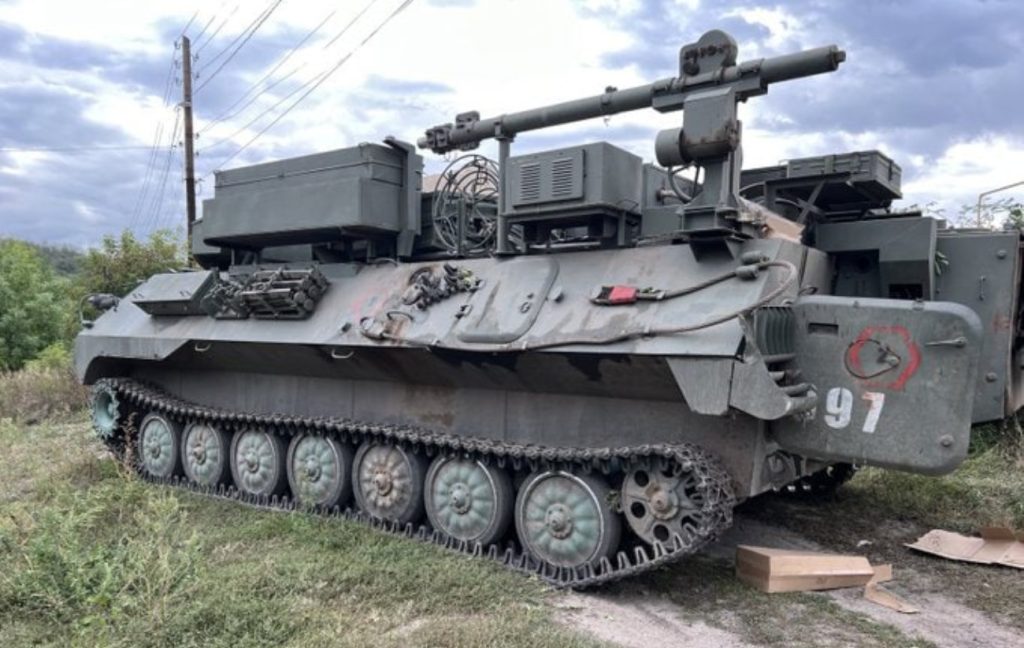
1. The Borisoglebsk-2: Russia’s EW Crown Jewel Now a Liability
The Borisoglebsk-2 system was previously the crown jewel of Russia’s electronic warfare capabilities. Based on the MT-LB armored chassis, it was designed to jam communications, GPS, and drone signals over a wide spectrum, with its range covering up to 2000 MHz. From open-source technical information, the system could control up to four jamming units from a single command center, a potent paper force multiplier.
But battlefield conditions have been less kind. The Borisoglebsk-2’s sophistication and size have exposed it to ever-growing threats from quick Ukrainian drone attacks and artillery. And so, the system that once epitomized Russian dominance in electromagnetic warfare has since become a prime target and a warning about putting too much faith in stationary, costly assets.
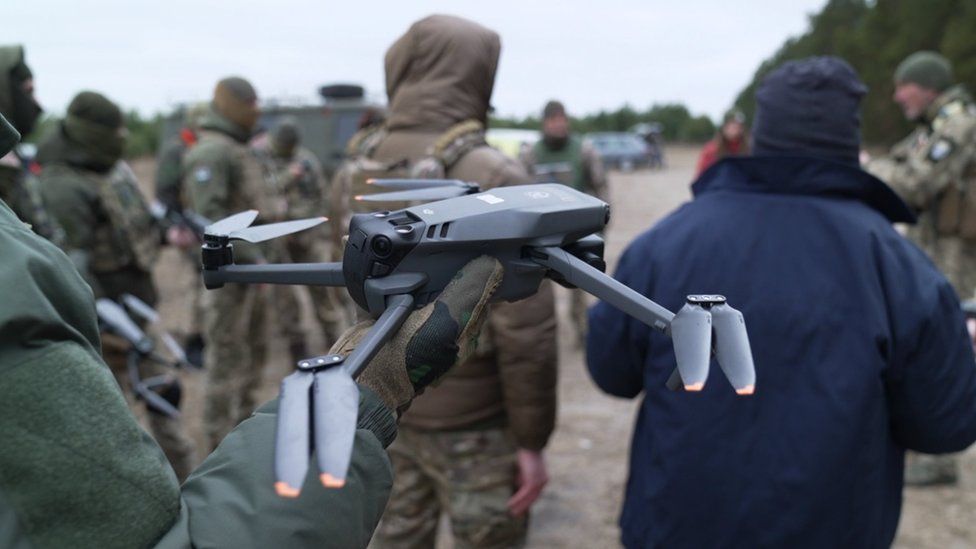
2. Ukraine’s Drone Revolution: Turning Russian EW Against Itself
Ukraine’s answer to Russian EW superiority has been simply innovative. The introduction of drones that are designed to counter electronic jamming, like the Raider UAV, has completely changed the tactical calculus. According to reports from Ukrainian Armed Forces, the drones have compelled Russian EW operators to pull Borisoglebsk-2 units from the frontline because of their susceptibility.
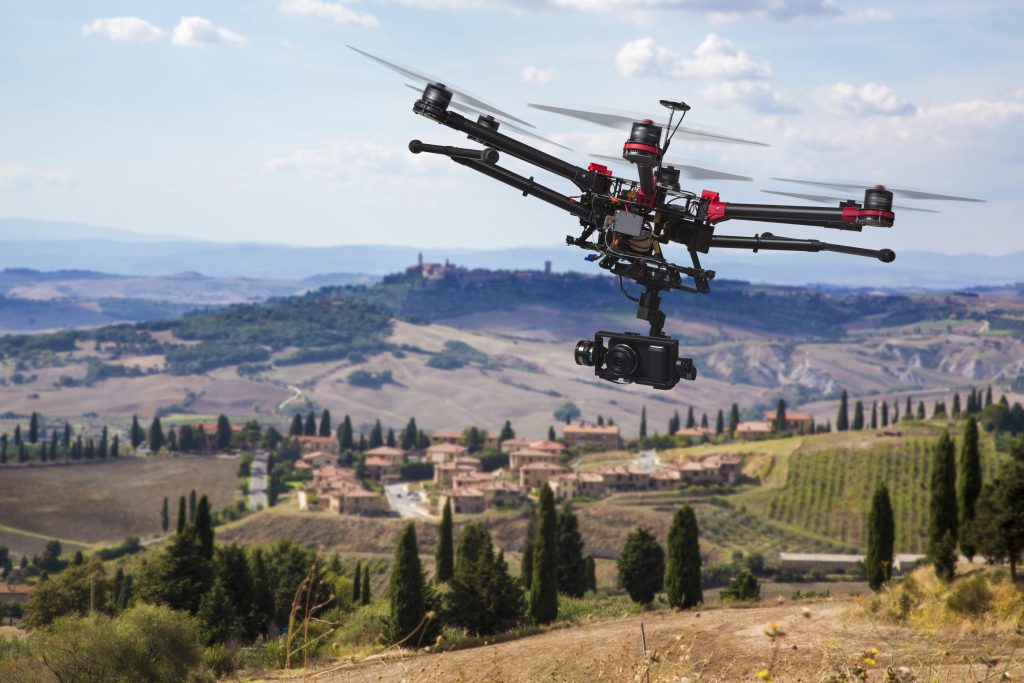
This adaptation is symptomatic of a wider trend: the convergence of commercial technology and decentralized strategy. Ukraine’s quick buildup in drone production and utilization of frequency-hopping radios have enabled its military to keep operational tempo even in the face of intense jamming. According to the Center for Land Warfare Studies, “the speedy integration of available technologies and creation of low-cost alternatives has shaped its approach in the EW domain to counter Russian superiority.”
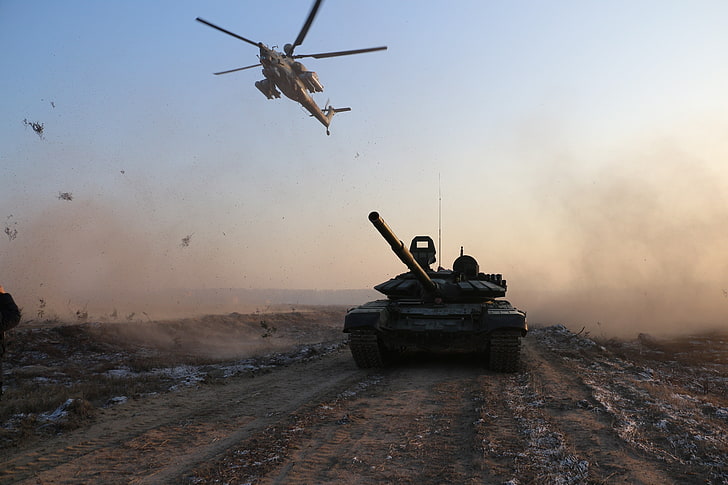
3. The Exorbitant Price Tag of Russian EW Losses Strategic and Financial
The destruction of Russian EW systems has not only tactical but also considerable cost implications. Each Borisoglebsk-2 system is estimated to be worth as much as $200 million, so each loss is a heavy blow to Russia’s military budget and operational capabilities. As MOLFAR’s April 2023 assessment suggested, at that point, Ukraine had destroyed at least ten Borisoglebsk-2 systems, the figure being probably greater now.
These losses have compelled Russia to move the last EW assets and re-strategize the deployments. The panic within Russian forces, per ATESH, highlights the strategic implication: “Russia has started to redeploy air defense and EW facilities from the temporarily occupied Crimea to Russian-controlled regions of the Kherson region, in order to replace lost equipment in bulk.”
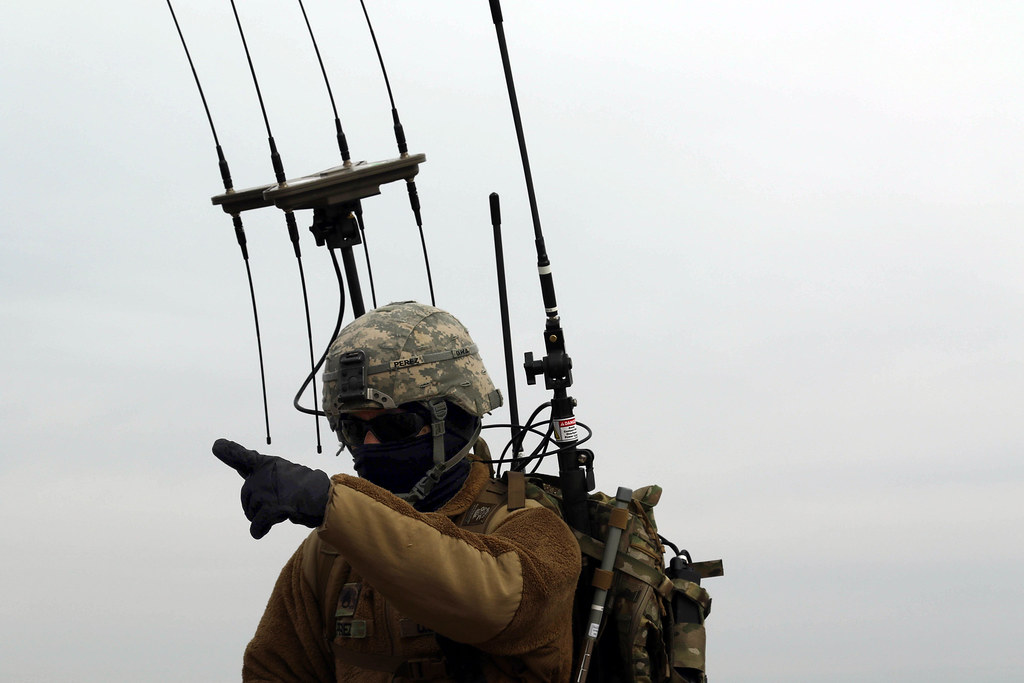
4. Vulnerabilities Exposed: Why Borisoglebsk-2 Became Easy Prey
Because of its high-capacity jamming ability, however, the Borisoglebsk-2 wasn’t developed to match the swarm warfare and pinpoint strikes of contemporary drone warfare. It was too big, and it required several support vehicles, making it hard to hide and defend. The weaknesses in these aspects have been capitalised on by Ukrainian forces using small, difficult-to-detect drones to find and destroy Borisoglebsk-2 systems before Russian personnel could respond.
Additionally, as explained by technology.org, the system’s capacity to detect small UAVs was restricted, rendering it “very vulnerable to drones, possibly due to limited possibilities to locate small targets before they hit their target.”
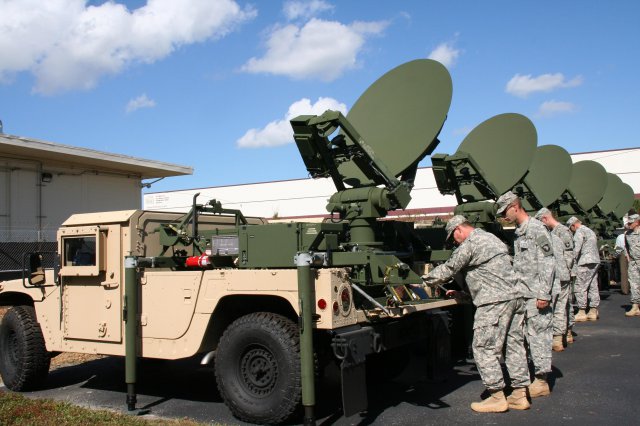
5. Evolution of EW Tactics: From Static Defense to Agile Countermeasures
Both belligerents have been compelled to repeatedly innovate their electronic warfare tactics. Russia’s early success at jamming Ukrainian communications was promptly followed by a tide of countermeasures, ranging from encrypted communication networks, commercial satellite links such as Starlink, and terrestrial fiber-optic connections. As the Center for Land Warfare Studies put it, “continuous development of electronic warfare tactics and evolution to counter emerging threats and countermeasures” has been a hallmark of the conflict.
Ukraine’s adaptability in embracing innovative technologies and decentralized command systems has enabled it to remain one step ahead, frequently rendering Russian EW advantages moot in weeks or even days.
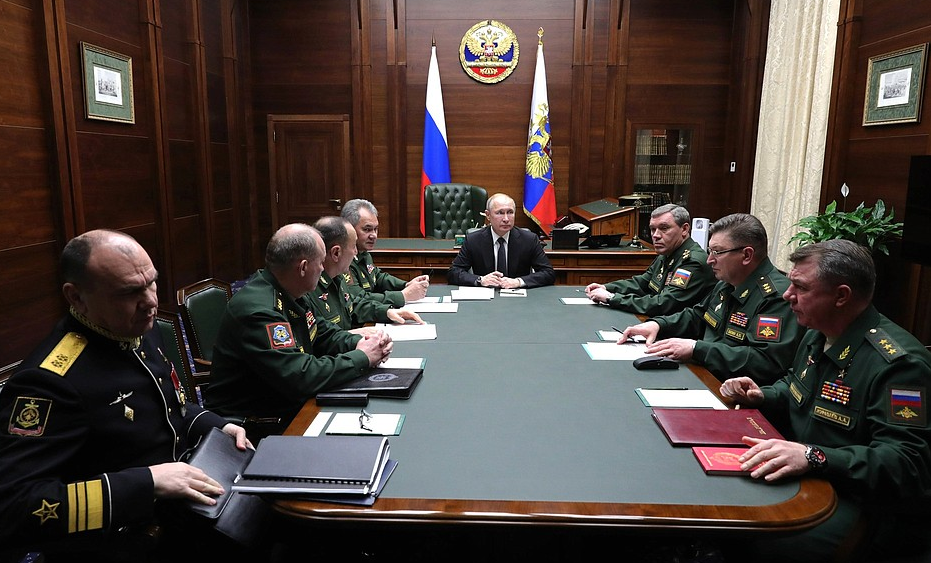
6. The Role of Partisans and Real-Time Intelligence
Another less-well-covered but equally important contributor to Ukraine’s victory has been the work of local partisans and live intelligence sharing. As described by United24Media, locals in occupied regions have shared actionable tips that allow for precision strikes against Russian EW capabilities. “Each message is a contribution to the common victory,” ATESH noted, highlighting the convergence of grassroots resistance and high-tech tools.
This mixture of human wit and advanced warfare technology has accelerated the rate at which Russian EW systems are found and eliminated.

7. Lessons for Future Warfare: Agility, Integration, and Resilience
Ukraine’s dramatic transformation of electronic warfare is a glimpse of what is to come in the future. The capability to incorporate commercial technology, employ decentralized countermeasures, and have resilient communications has been more essential than rigid, high-dollar systems. As the Center for Land Warfare Studies states, “future wars will include even a higher level of integration of electronic warfare, cyber warfare, and artificial intelligence, making electronic dominance a determining factor in warfare.”
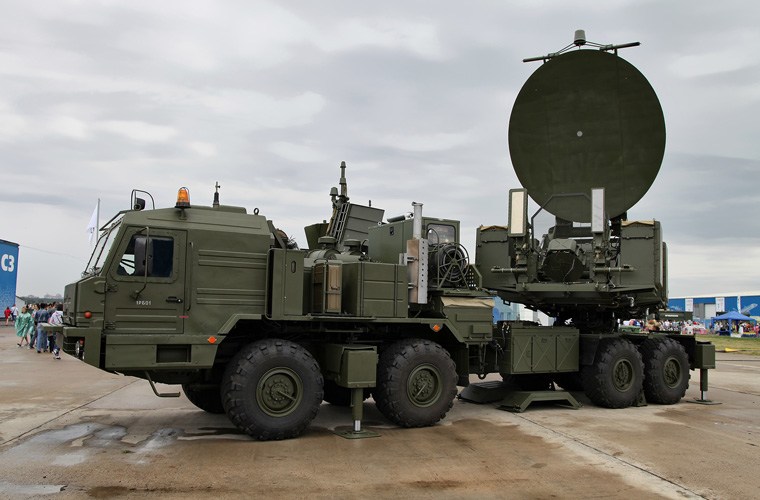
For defense strategists, the message is clear: innovation and flexibility now trump raw technological superiority. The fate of Russia’s Borisoglebsk-2 system is more than a battlefield anecdote it is a stark illustration of how quickly the balance of power can shift in modern warfare. As Ukraine’s blend of agility, innovation, and grassroots intelligence continues to erode Russia’s technological edge, the lessons for defense strategists are profound: in the era of electronic and drone warfare, adaptability is the ultimate force multiplier.
